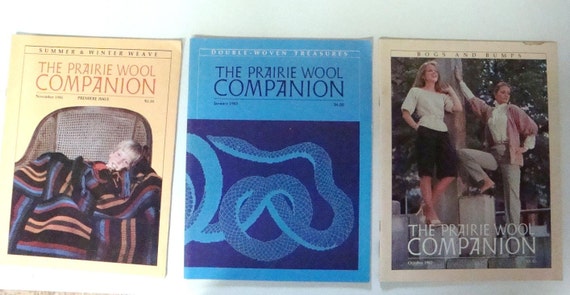"P" is for Project Notes
Not too many of us weavers just jump onto the loom bench and start weaving away. We have had to do a bit of prep work before hand. If you are weaving a project either you own or another, you will probably follow a "recipe." This recipe is considered project notes.
Information we will need before you begin may include:
1. Technique (weave structure)
2. Warp yarns and size
3. Weft yarns and size
4. Reed, and ends per dent
5. Selvage- doubled, single, needed or not
6. Warp sett
7. Weft picks per inch
8. Width in reed
9. Number of ends needed
10. Weaving length on loom that includes any finishing to the ends, sampling, shrinkage.
You many never weave this same project again with the same yarns, but by keeping project notes you are working through your project and hopefully will not find any surprises when you are finished.
So even if you follow a "recipe" from a book, magazine, the internet, or one you create, it really-really helps to keep project notes. Note in the margin if you changed anything from the printed recipe. It will help you be a better weaver.
Here is how I keep my project notes. Because these are my notes, some info may not be written down, such as selvage used, just because I know me! Or I may not even say to use tabby, but I will know, because it is something I dreamed up. So if you think my notes are skimpy... they may be, but they work for me.
I find working with a computer weaving program works for me. There are several out there, find the one that works for you. Keep notes that work for you!








































